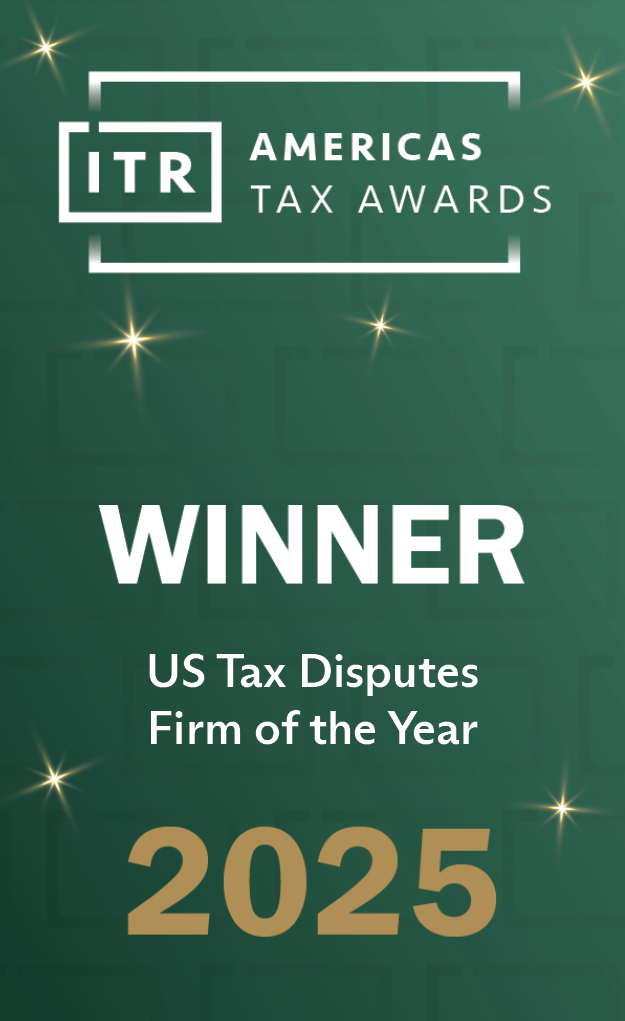Presented below is our summary of significant Internal Revenue Service (IRS) guidance and relevant tax matters for the week of January 13 – 17, 2020.
January 13, 2020: The IRS published an information letter relating to the testamentary transfer to a trust of US Series EE savings bonds purchased by and issued to a decedent. The IRS stated that if the bonds were transferred to the trust because of a death, and if the transferor were either an accrual method taxpayer or a cash method taxpayer who reported interest annually, then the increase in value of the bonds in the year of death up to the date of death must be reported on the decedent’s final return. The IRS provided alternative guidance to cash method transferors that did not annually report their interest.
January 13, 2020: The Chief Counsel’s Office informally advised that for capital contributions where a partnership return is accepted as filed, the IRS may adjust the basis of an affected item at the partner level without opening a partnership-level examination. The Office explained that though the IRS cannot change any partnership-item components of outside basis without opening a TEFRA proceeding, the partnership itself can adjust the overall computation of outside basis, accepting all the partnership-item components as filed, as well as any nonpartnership-item components of outside basis.
January 13, 2020: The IRS updated their FATCA (Foreign Account Tax Compliance Act) IDES (International Data Exchange Services) Technical FAQs page. The update addresses taxpayers that receive an “Invalid Certificate” alert when uploading their digital certificates to the IDES system. The IRS provided a variety of explanations for the error, including that the digital certificate itself may be invalid and that there may be communication errors with the certificate authority.
January 13, 2020: The IRS supplemented the 2019 Instructions for Form 1042-S, which addresses a foreign person’s US source income subject to withholding. The changes reflect the proposed regulations that reduced a taxpayer’s burden with respect to certain requirements under FATCA. The Instructions’ Tax Rate Table was also adjusted to include the revised backup withholding tax rate of 24%, as required by the TCJA.
January 16, 2020: The IRS issued a news release announcing that it will return sequestered funds to businesses that were affected by a recent OMB determination regarding the Balanced Budget and Emergency Deficit Control Act of 1985, as amended. The IRS explained that it will restore any amounts sequestered since 2013 under section 168(k)(4), further stating that taxpayers need not take any action because the IRS has a complete list of all affected taxpayers.
January 17, 2020: The IRS issued a news release announcing that the agency is open to considering relief from double taxation resulting from the application of the repatriation tax under section 965 where there is no significant reduction in the resulting tax by application of foreign tax credits. The IRS explained that it would only be appropriate to provide relief in unique circumstances, such as where [...]
Continue Reading
read more


 Subscribe
Subscribe




